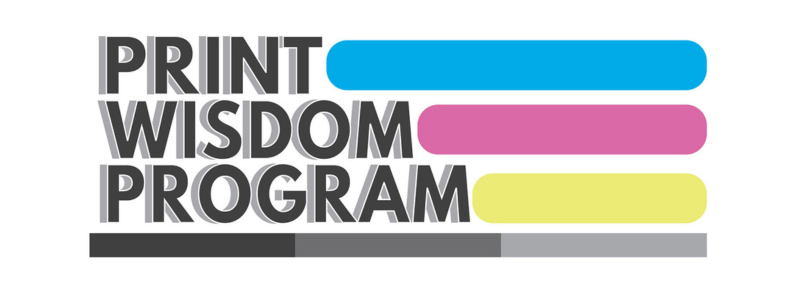Labour shortages strategies are now a top priority for business leaders in the graphic communications, printing, and packaging industry. As workforce pressures intensify, companies must identify opportunities to strengthen capabilities and maintain operational excellence, even when talent is scarce. Strategic approaches—ranging from process redesign to innovative staffing models—can help organizations continue delivering value and remain competitive in a challenging labour market.
Redesigning Processes for Greater Efficiency
When skilled labour is limited, process redesign becomes essential for sustaining productivity and quality. By rethinking workflows and eliminating inefficiencies, leaders can achieve more with fewer resources.
- Streamline Workflows: Map current processes to identify bottlenecks and redundancies, then implement changes that reduce manual steps and speed up production.
- Standardize Procedures: Develop clear, documented procedures to ensure consistency and reduce training time for new or reassigned staff.
- Leverage Automation: Invest in automation for repetitive or labour-intensive tasks, freeing up skilled employees for higher-value work.
- Continuous Improvement: Foster a culture where employees regularly suggest and test process improvements, driving ongoing gains in efficiency.
Adopting Technology to Bridge Talent Gaps
Technology adoption is a practical response to labour shortages, enabling companies to maintain output and quality standards with a leaner workforce. The right tools can also support remote collaboration and flexible staffing.
- Digital Workflow Solutions: Implement software that automates job tracking, scheduling, and proofing to reduce manual intervention and errors.
- Remote Access Tools: Enable off-site experts to support on-site teams, expanding access to specialized skills without increasing headcount.
Use analytics to monitor performance, predict maintenance needs, and optimize resource allocation.
For example, a 2023 PRINTING United Alliance report found that 62% of print businesses increased automation investments to address labour shortages, resulting in measurable productivity gains (PRINTING United Alliance, 2023).
Building Workforce Agility Through Cross-Training
Cross-training employees is a proven way to build workforce flexibility and resilience. By equipping staff with multiple skill sets, companies can adapt quickly to absences or shifting demand.
- Multi-Skilled Teams: Train employees to perform a range of tasks, allowing for seamless coverage during peak periods or staff shortages.
- Succession Planning: Prepare high-potential employees to step into critical roles, reducing disruption from unexpected departures.
- Onboarding Support: Provide structured onboarding and mentorship to accelerate learning for new hires or those moving into new roles.
According to the Printing Industries of America, companies with robust cross-training programs reported 30% fewer production delays during recent labour shortages (PIA, 2022).
With budgets and capacity in flux, there’s a window to rethink workforce models
With budgets and capacity in flux, there’s a window to implement labour shortages strategies that not only address immediate gaps but also position organizations for long-term resilience. Leaders who invest in process redesign, technology, and workforce agility will be better equipped to navigate ongoing talent challenges and maintain a competitive edge in the printing and packaging industry.
Connect with CFR for Strategic Workforce Solutions
Ready to strengthen your organization’s approach to labour shortages? Contact CFR to discuss tailored strategies for your business.


